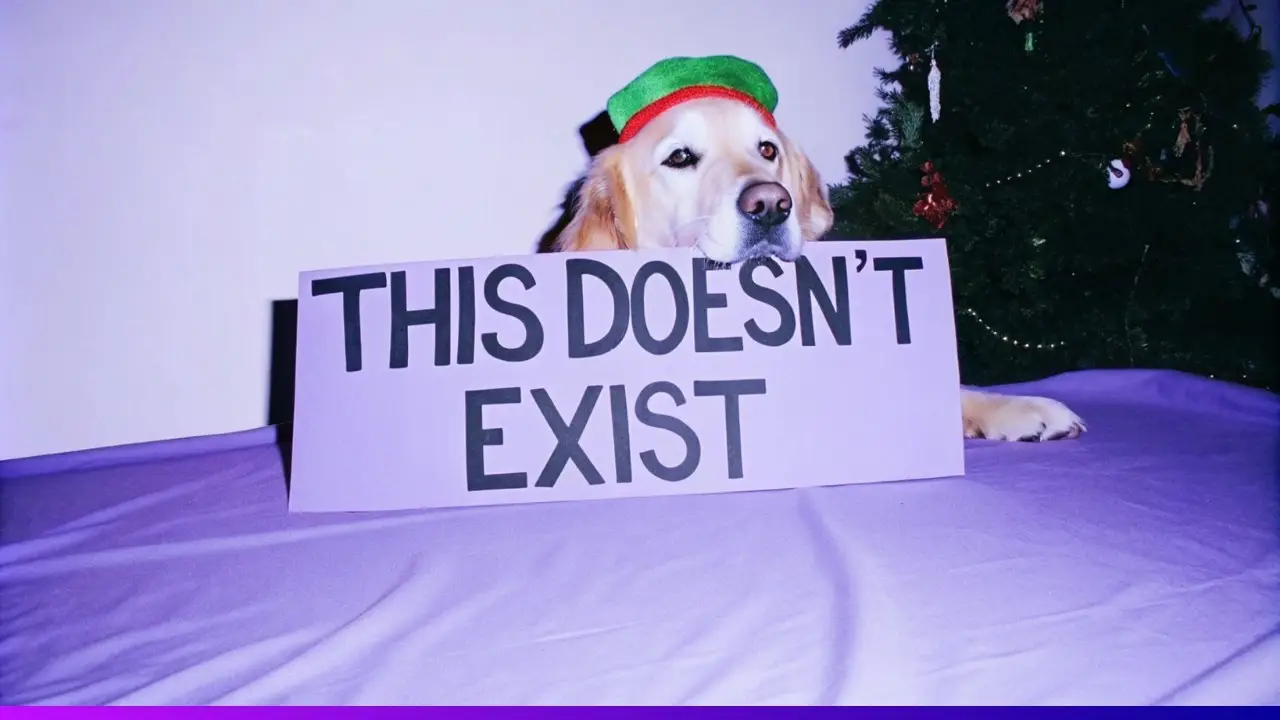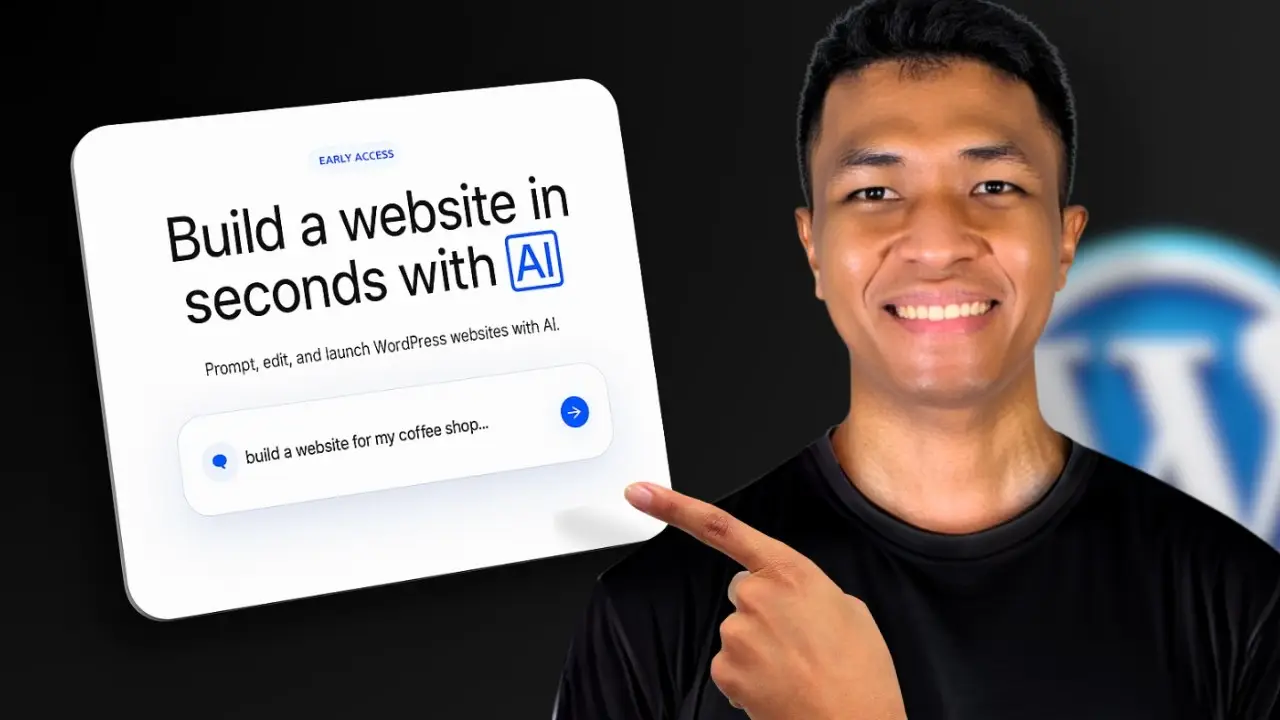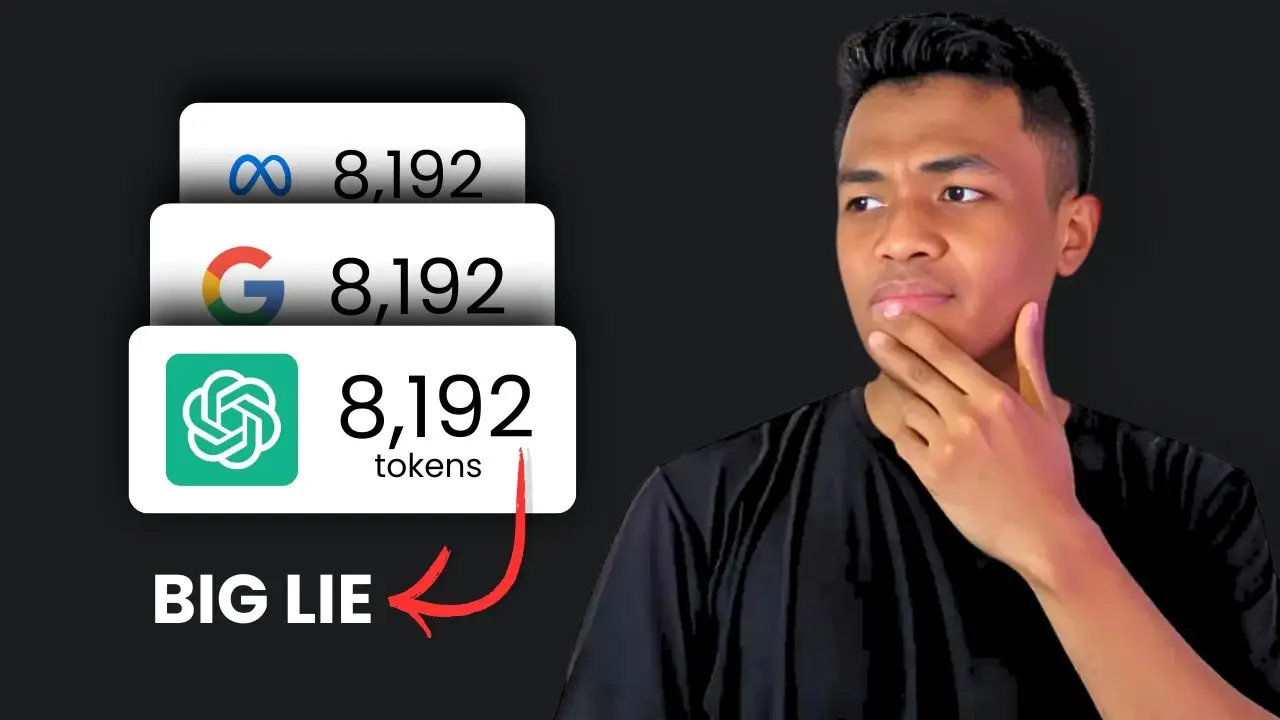- AI-generated images alone aren’t enough; combine them with real photos and screenshots for authenticity.
- Use AI tools to automate alt text and descriptions, saving time and boosting SEO.
- Leverage shortcuts and integrations to streamline your image uploading process.
AI for writing blogs is everywhere, but when it comes to images, the options feel limited. Sure, there’s DALL-E, Stable Diffusion, and Midjourney—but let’s be honest, AI-generated images often look artificial. At best, they’re decent illustrations; at worst, they scream “low-effort content” and send visitors running from your site.
In my experience creating hundreds of blog posts, I’ve found that real photos and screenshots consistently outperform AI-generated visuals. People trust authenticity. Real screenshots, genuine photos, and simple charts resonate better with readers.
But here’s the kicker: that doesn’t mean AI can’t help us create great visuals. In fact, I’ve discovered some powerful tips and tricks that can elevate your blog images using AI tools—without sacrificing quality or looking fake.
Why AI Images Alone Aren’t Enough
Let’s get real—AI images often scream “low-effort content.” When I see an obviously computer-generated image on a blog post, my immediate assumption is that the entire article is auto-generated without human input. And that’s a big turn-off.
Real photos, screenshots, and even simple charts still outperform purely AI-generated visuals. They feel authentic and trustworthy. But there’s a sweet spot here: using AI strategically to complement your content rather than replace genuine visuals.
Using AI to Create SEO-Friendly Alt Text
One of my favorite ways to use AI for blog images is generating alt text. Alt text is crucial for SEO—it helps search engines understand your images’ content and context. But let’s face it: manually writing alt text for dozens of images can be tedious.
That’s why I recommend tools like RenAI. This handy tool automatically renames images based on their visual content, using your own OpenAI or Claude API key (which is cheaper than monthly subscriptions). Another solid option is Rank Math, a WordPress plugin that generates SEO-friendly alt text directly within your site.
If you’re interested in diving deeper into this topic, check out my detailed guide on how to use AI to rename images and make them SEO-friendly.
Speed Up Your Image Uploading Workflow
This next tip isn’t strictly about AI—but it’s a huge time-saver that every blogger should know. Instead of manually adding image blocks or navigating through directories each time you add an image to your blog editor, simply copy and paste the image directly into the editor.
For Windows users specifically:
- Press
Shift + Windows + Sto quickly take a screenshot. - Then instantly paste it into your WordPress editor by hitting
Ctrl + V.
This trick alone has saved me countless hours when creating tutorial articles filled with screenshots.
Best Free AI Image Generators: Ideogram & Recraft
With so many AI image generators available today, it’s easy to get overwhelmed by choices (hello analysis paralysis!). But after testing numerous options myself, two platforms stand out:
| Platform | Best For | Daily Credits |
|---|---|---|
| Ideogram | Images with readable text | 10 credits |
| Recraft | Design & composition (image merge) | 50 credits |
Ideogram is fantastic if you want visually appealing images that include clear text overlays—perfect for branded graphics or featured images with catchy titles. Recraft excels at merging multiple visuals into one cohesive composition—ideal if you’re aiming for unique designs without Photoshop skills.
For more advanced image optimization tips, you can read my full article on how to make any image SEO-friendly with AI.
Microsoft Designer – The Simple Alternative
If you’re not into fancy prompts or complex image compositions, Microsoft Designer might be all you need. It’s built on DALL-E technology and excels at illustrations and digital art. Plus, it integrates seamlessly with Microsoft’s editing tools—think Canva but powered by OpenAI’s DALL-E engine.
Sure, results might occasionally be fuzzy—but hey, it’s free! And when you’re working on quick illustrations or simple graphics, it does the job just fine.
Google Lens & Bing Images – Your Secret Weapon
Ever found a perfect image online but wished you had a higher resolution version? Google Lens makes this easy:
- Right-click any image in Chrome.
- Select “Search Image with Google Lens.”
- Instantly find similar or higher-res alternatives.
But here’s something controversial: Bing Images is actually better than Google Images these days—especially for product photos. Try searching “Apple AirTag” on both platforms; Bing consistently delivers more authentic-looking results compared to Google’s generic product shots.
Speaking of Bing—if you’re looking for more ways to boost traffic beyond Google alone, here’s how to rank effortlessly on Bing.
ChatGPT Can Generate Graphs (Yes, Really!)
Surprised? Even though ChatGPT is primarily known as a text generator, it can also visualize data from documents like PDFs:
- Upload your document directly into ChatGPT.
- Use a simple prompt like “Generate a graph based on this data.”
- Copy-paste the graph directly into your WordPress editor using the shortcut mentioned earlier.
This method saves tons of time—especially if you’re creating data-driven articles that require multiple visualizations.
If you’re struggling with making your AI-generated content feel genuinely human-written (including visuals), my guide on how to really humanize AI content will help you immensely.
How Many Images Should You Include?
Here’s an important statistic: Blog posts with 7 to 10 relevant images typically rank higher in search results. Why? Because visuals break up lengthy text blocks and keep readers engaged longer—which signals quality content to search engines like Google.
But remember: quality beats quantity every time. Don’t just stuff random visuals into your post; choose carefully curated images that truly enhance your message.
Wrapping Up
At the end of the day, nothing beats human judgment when selecting blog visuals. But combining human insight with smart use of AI tools can save you time while boosting engagement significantly.
So go ahead—experiment with these tips! Whether it’s generating alt texts effortlessly with RenAI or Rank Math plugins or quickly pasting screenshots directly into your editor—there’s something here that’ll make your blogging workflow smoother than ever before.
And remember: while AI-generated images have their place in modern blogging strategies, always prioritize authenticity above all else. Your readers will thank you—and so will Google!






